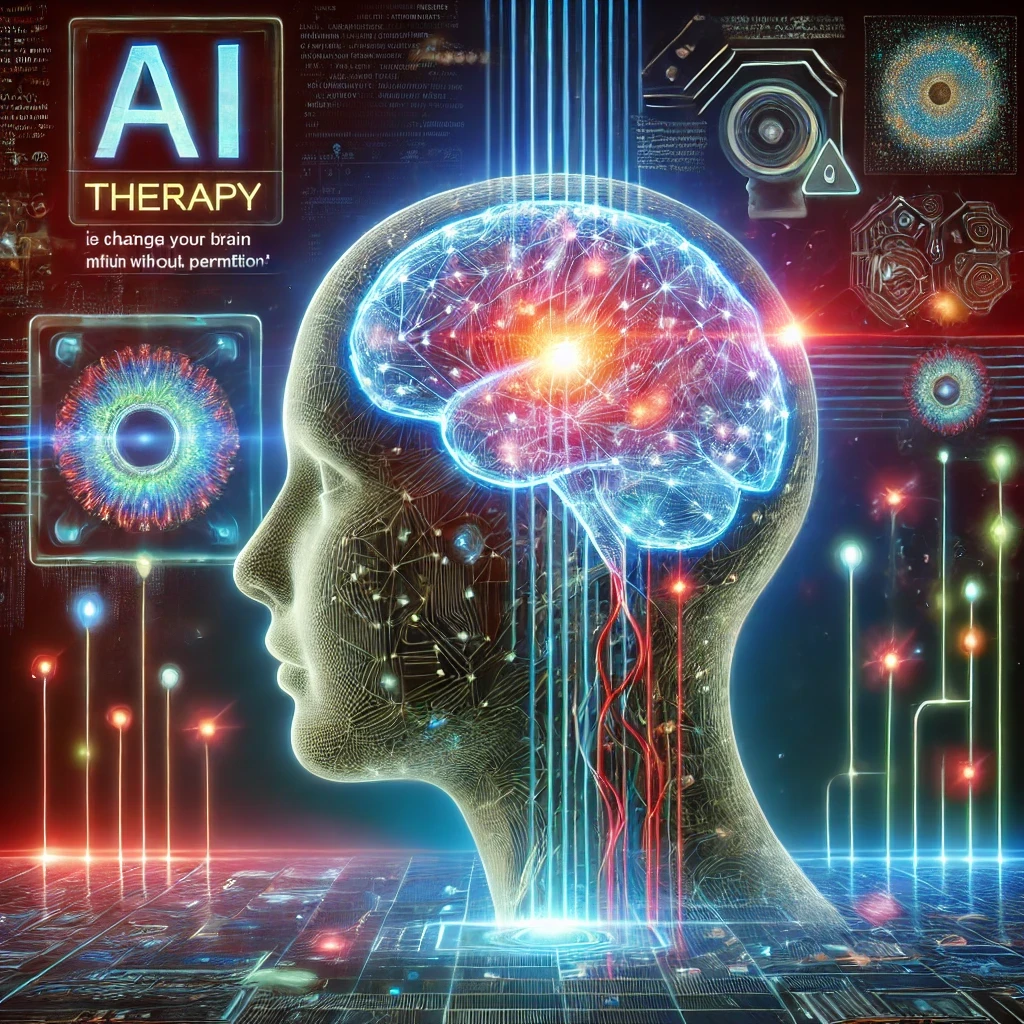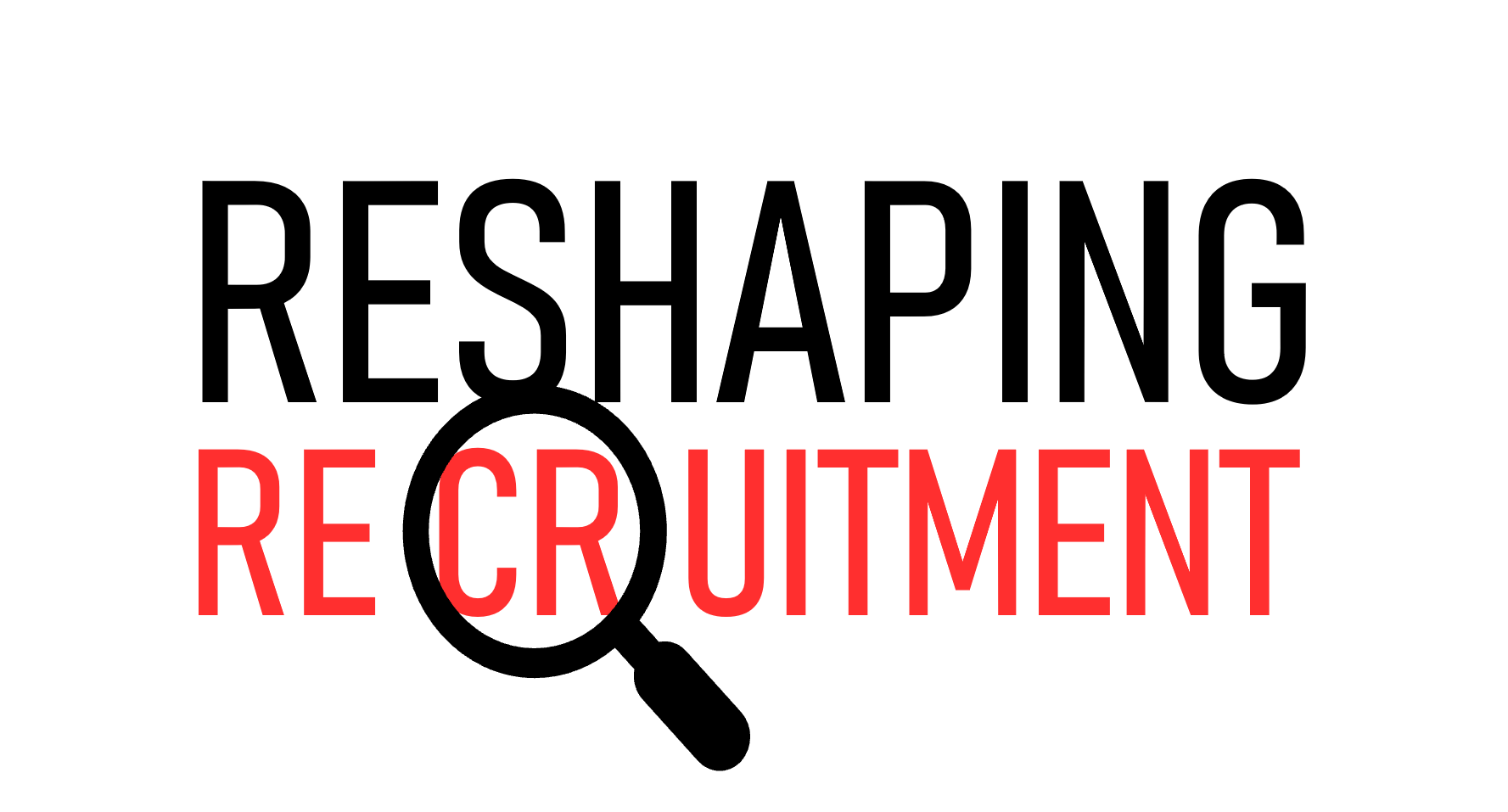
AI Therapy Is Changing Your Brain Without Permission
AI Therapy Is Changing Your Brain Without Permission
I've been implementing AI systems for over two decades, and I've noticed something fascinating: people form surprisingly intimate relationships with artificial intelligence. This tendency has reached new heights with ChatGPT, as millions now use it as an unofficial therapist, life coach, and confidant.
What happens when an AI designed to provide information becomes a stand-in for human connection? As someone who studies how humans and AI interact across various contexts, I've watched this phenomenon with both interest and concern.
The Digital Confessional
We're increasingly turning to AI for emotional support. It makes sense on the surface. ChatGPT offers immediate, judgment-free responses. It never gets tired. It never charges by the hour. It remembers everything you've ever told it.
And in times of crisis, that instant feedback feels genuinely comforting.
Rachel Goldberg, a licensed clinical social worker in Los Angeles, told me about a client who uses ChatGPT daily alongside their regular therapy sessions. This isn't uncommon. People are unpacking narcissistic behavior, exploring trauma, and seeking life coaching from an AI that was never specifically designed for therapeutic purposes.
Some therapists see potential benefits. The AI can help people articulate difficult emotions or serve as a stepping stone toward formal therapy. It provides a private space to explore thoughts without fear of judgment.
The Psychological Impact
But there's another side to this story. And it's one I recognize from my work implementing AI in business contexts.
AI systems like ChatGPT are fundamentally designed to provide responses that satisfy users. This creates a feedback loop that can reinforce reassurance-seeking behaviors. Put simply, the AI learns to tell you what you want to hear.
This is particularly problematic for anxiety, OCD, or validation-dependent conditions. The AI becomes an enabler of unhealthy thought patterns rather than challenging them as a good therapist would.
I've seen similar patterns when organizations first adopt AI. Users develop dependence on the system, often overlooking its fundamental limitations.
The Loneliness Paradox
Perhaps most concerning is what I call the "AI loneliness paradox." People turn to ChatGPT because they feel isolated, but this digital interaction can actually worsen real-world disconnection.
The more someone relies on AI for emotional support, the less they practice maintaining human relationships. Yet human connection is precisely what most effectively combats anxiety and depression.
This mirrors what I've observed in workplace implementation of AI. When teams rely too heavily on AI interaction, interpersonal skills and human collaboration suffer.
Setting Boundaries
In my AI consulting work, I emphasize what I call the Hybrid AI Workforce approach – recognizing that AI is "a sophisticated tool... but a tool nonetheless. The value is not the tool, it is how you use it."
This principle applies perfectly to ChatGPT's role in mental health. The most successful outcomes happen when AI augments rather than replaces human connection.
Some therapists now recommend specific boundaries around ChatGPT use:
- Use it to clarify thoughts before therapy, not as a substitute
- Limit sessions to prevent dependency
- Be mindful of how it makes you feel – increased anxiety signals overuse
- Remember that it has no true understanding of your unique circumstances
The Human Element
What ChatGPT fundamentally lacks is something I emphasize in all my AI implementation work: genuine human intuition and connection. The AI can recognize patterns in your language, but it cannot truly understand your experience.
A therapist brings not just professional training but human empathy – something no AI can replicate regardless of how convincing its responses seem.
As someone who has spent decades optimizing the human-AI relationship, I see tremendous value in AI as a supplementary tool in mental health. But I also recognize the irreplaceable value of human connection.
Finding Balance
The future of mental health support likely includes AI tools, but with careful implementation. Just as in business applications of AI, the key is integration rather than replacement.
ChatGPT might help you articulate thoughts or practice difficult conversations. It might provide coping strategies during late-night anxiety when no one else is available.
But lasting mental health requires human connection.
The most effective approach mirrors what I advocate in business: a hybrid model where AI handles certain functions while humans provide what machines cannot – genuine understanding, empathy, and the messy, imperfect connection that makes us human.
In both therapy and technology, we must remember that AI serves us, not the other way around. The tool itself isn't the problem – it's how and why we use it that matters. Find out here.

